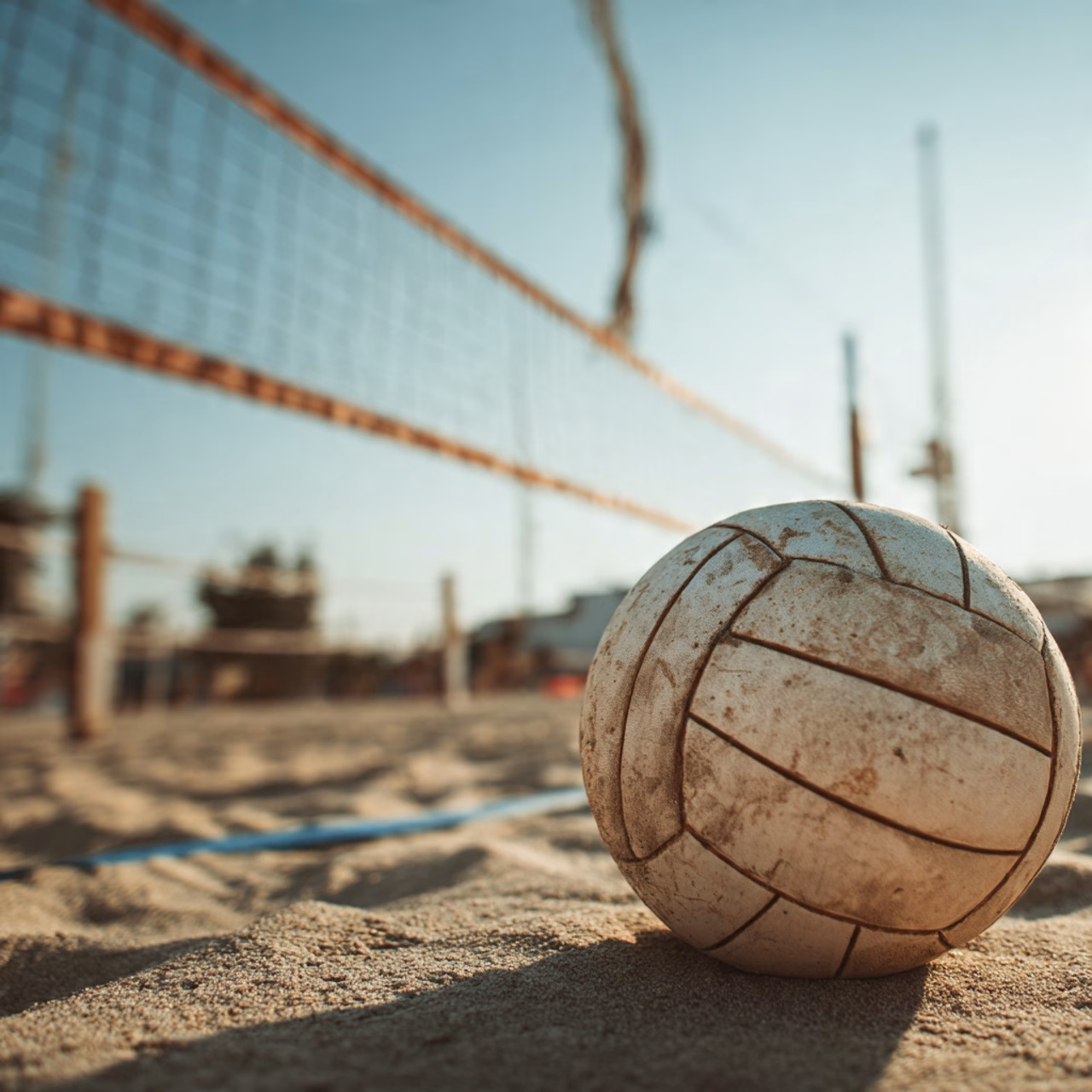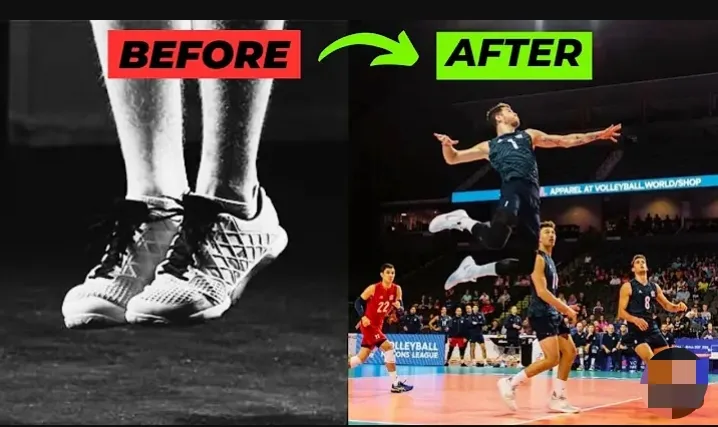Volleyball is a dynamic sport that requires not only physical prowess but also strategic thinking and teamwork. To excel, players need a well-structured training program that enhances their skills and optimises their performance. This blog post will guide you through creating a more effective volleyball training program, focusing on practices that yield results.
Table of Contents
- Understanding the Basics of Volleyball Training
- Setting Goals for Your Training Program
- Essential Components of a Volleyball Training Program
- Creating a Structured Practice Schedule
- Skill Development Drills
- Incorporating Strength and Conditioning
- Mental Training and Team Building
- Monitoring Progress and Adjusting the Program
- Conclusion
1. Understanding the Basics of Volleyball Training
Before diving into specifics, it’s essential to understand the foundational aspects of volleyball training. A well-rounded training program encompasses various elements:
- Technical Skills: Passing, setting, hitting, serving, and blocking.
- Tactical Knowledge: Understanding formations, strategies, and game situations.
- Physical Fitness: Agility, strength, endurance, and flexibility.
- Mental Toughness: Focus, resilience, and teamwork.
A comprehensive approach ensures that players are not only skilled but also prepared for the challenges of competitive play.
2. Setting Goals for Your Training Program
Setting clear, achievable goals is crucial for any training program. Goals should be specific, measurable, attainable, relevant, and time-bound (SMART). Here’s how to set effective goals:
- Short-term Goals: Focus on immediate skills or fitness improvements (e.g., increase serve accuracy by 10% in one month).
- Long-term Goals: Aim for broader objectives (e.g., winning a championship or improving team cohesion over a season).
Regularly revisiting and adjusting these goals can help maintain motivation and track progress.
3. Essential Components of a Volleyball Training Program
A successful volleyball training program includes several key components:
- Skill Development: Regular practice of fundamental skills.
- Conditioning: Exercises to improve overall fitness and prevent injuries.
- Game Simulation: Scrimmages or drills that mimic game situations.
- Rest and Recovery: Time allocated for recovery to prevent burnout and injuries.
Balancing these components ensures players develop holistically.
4. Creating a Structured Practice Schedule
A structured practice schedule keeps training organized and efficient. Here’s a sample weekly schedule:
| Day | Focus Area | Duration |
|---|---|---|
| Monday | Skill Development | 2 hours |
| Tuesday | Conditioning and Strength Training | 1.5 hours |
| Wednesday | Tactical Drills | 2 hours |
| Thursday | Rest and Recovery | – |
| Friday | Game Simulation | 2 hours |
| Saturday | Skill Review | 1.5 hours |
| Sunday | Rest | – |
Tips for Structuring Practices
- Warm-Up: Always start with a warm-up to prepare the body.
- Skill Focus: Designate specific skills to focus on each practice for depth.
- Cool Down: End with stretching to aid recovery.
5. Skill Development Drills
Skill development is at the heart of any volleyball training program. Here are some effective drills to incorporate:
Serving Drills
- Target Serving: Set up targets on the court to improve accuracy. Players aim to hit the targets consistently.
- Jump Serving: Focus on technique and power. Use video analysis to provide feedback.
Passing Drills
- Partner Passing: Players pair up and practice passing to each other from various distances.
- Three-Person Passing: In groups of three, players practice passing and moving, simulating game scenarios.
Setting Drills
- Wall Sets: Players practice setting against a wall to improve technique and consistency.
- Setter-Hitter Drills: Setters work with hitters to improve timing and communication.
Hitting Drills
- Approach and Swing: Focus on footwork and swing technique using cones to guide approach angles.
- Live Hitting: Incorporate defense into hitting drills to simulate real-game situations.
Defensive Drills
- Digging Drills: Players practice digging balls from various angles, emphasizing reaction time.
- Team Defense: Simulate game situations where players must work together to defend against attacks.
6. Incorporating Strength and Conditioning
Physical fitness is crucial in volleyball, and integrating strength and conditioning into your training program will enhance overall performance.
Strength Training
Focus on building core strength, leg power, and upper body strength:
- Core Exercises: Planks, Russian twists, and medicine ball throws.
- Leg Exercises: Squats, lunges, and box jumps.
- Upper Body Exercises: Push-ups, pull-ups, and shoulder presses.
Conditioning Drills
- Agility Drills: Ladder drills, cone drills, and shuttle runs to improve foot speed and agility.
- Endurance Training: Incorporate running or cycling to build stamina.
Flexibility and Recovery
- Stretching Routine: Include dynamic stretches in warm-ups and static stretches in cool-downs.
- Yoga or Pilates: Consider adding these practices to enhance flexibility and core strength.
7. Mental Training and Team Building
Mental toughness is as important as physical skills. Implementing mental training and team-building exercises can significantly improve performance.
Mental Training Techniques
- Visualization: Encourage players to visualize successful plays and scenarios.
- Mindfulness: Practice mindfulness techniques to enhance focus and reduce anxiety.
Team Building Activities
- Group Challenges: Engage in activities that require teamwork outside of volleyball.
- Communication Drills: Implement drills that focus on verbal and non-verbal communication.
8. Monitoring Progress and Adjusting the Program
To ensure the training program remains effective, regular monitoring and adjustments are essential. Here’s how to do it:
Track Performance
- Skill Assessments: Regularly evaluate individual and team skills through drills and scrimmages.
- Fitness Testing: Conduct fitness assessments to monitor improvements in strength and conditioning.
Adjust Goals and Drills
- Reassess Goals: Periodically revisit and adjust goals based on progress.
- Modify Drills: Change drills to keep practices fresh and challenging, addressing specific areas of improvement.
9. Conclusion
Creating a smarter, structured volleyball training program involves a comprehensive approach that addresses skill development, physical fitness, and mental resilience. By setting clear goals, maintaining a structured practice schedule, and regularly assessing progress, players can enhance their performance and enjoy the game to its fullest.
Whether you’re a coach or a player, implementing these strategies will lead to more effective and engaging training sessions. Embrace the journey of improvement, and watch your volleyball skills soar!




